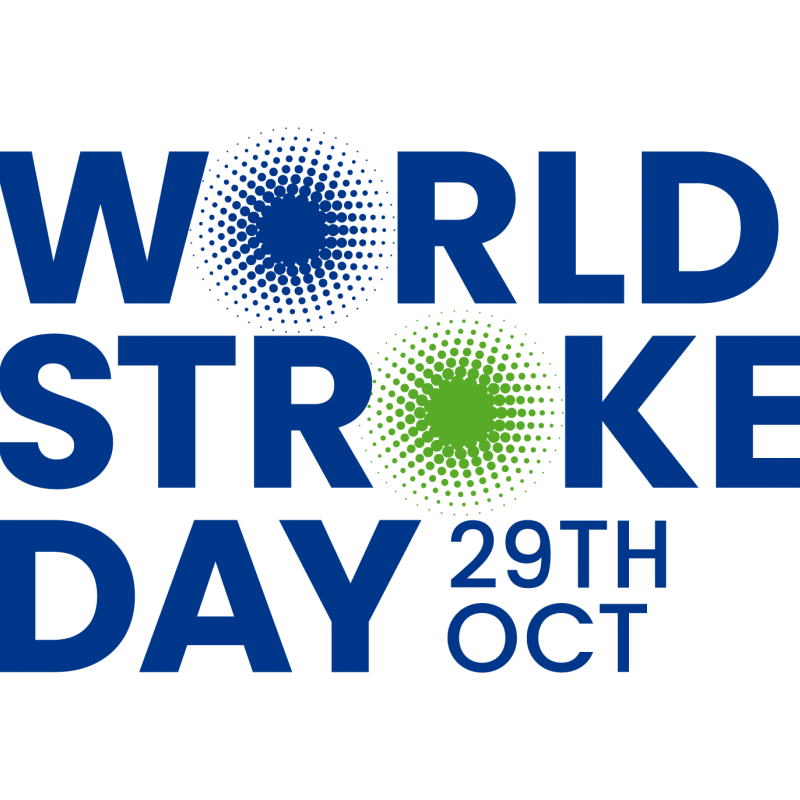First Aid for Diabetes: How to treat Hypoglycaemia and Hyperglycaemia
Posted on: 13th November 2025
Friday 14th November is World Diabetes Day, with a focus this year on 'Diabetes in the Workplace'. Diabetes affects millions of people across the UK and knowing the signs of low and high blood sugar can make a real difference. Help First Aid Training recognises this, and we teach the skills to spot the signs in our First Aid at Work, Re-qualification First Aid at Work and Ofsted Compliant Paediatric First Aid courses.
In this guide, Help First Aid Training explains the main types of diabetes, how to spot symptoms of hypoglycaemia (low blood sugar) and hyperglycaemia (high blood sugar), and what steps to take to provide effective first aid.
What is diabetes?
Diabetes can affect anyone at any age and this condition needs to be taken seriously. Diabetes occurs when your blood glucose level is too high. It happens when your body doesn't produce enough insulin, the insulin it produces isn't effective, or, when your body can't produce any insulin at all.
Types of diabetes
There are several types of diabetes but the two main types are:
Type 1 diabetes; The body produces little or no insulin, so insulin must be produced through injections.
Type 2 diabetes; The body produces some insulin but not enough.
How does diabetes occur and what causes it?
We all need glucose to give us energy and we get it from our bodies breaking down the carbohydrates that we eat and drink.
We also need insulin. This is made by the pancreas and it is this that allows the glucose in our blood to enter cells and give us energy.
For most of us, the pancreas knows when glucose has entered the bloodstream and releases the correct amount of insulin needed but if you have diabetes, this system doesn’t work properly.
In all types of diabetes, glucose isn’t absorbed into the body's cells properly, meaning that it begins to build up in the blood, which causes further problems.
The causes of diabetes are dependent on the type.
Type 1 diabetes is caused by an auto-immune condition, a problem with the immune system, so it cannot be prevented.
Type 2 diabetes risks can be higher due to age, ethnicity, weight and other family members being affected. Talk to a medical professional if you have any concerns or questions.
First Aid for Diabetes
There are 2 conditions resulting from diabetes to be aware of;
Hyperglycaemia (hyper meaning high or above)
Hyperglycaemia is caused by high levels of sugar and low levels of insulin in the bloodstream.
Symptoms include;
- Dry, warm skin
- Rapid breathing
- Rapid, weak pulse
- Fruity, sweet smelling breath
- Thirst
It’s important to be able to recognise the signs of hyperglycaemia but this condition needs professional medical attention. There is no first aid as such but this is what you should do;
- Call 999 immediately
- Be prepared for the casualty to become unresponsive
- Place the casualty in the recovery position
- Monitor airway and breathing until professional help arrives
Hypoglycaemia (Hypo meaning low or below)
Hypoglycaemia is caused by low levels of sugar and high levels of insulin in the bloodstream.
Symptoms include;
- Pale, cold or clammy skin
- Normal breathing
- Rapid pulse
- Normal smelling breath
- Confusion, or a change in behaviour – could be mistaken for drunkenness
- Casualty will deteriorate rapidly without treatment
Here’s how to administer first aid for hypoglycaemia;
- Sit the casualty down
- Allow the casualty to take their own glucose in a tablet or gel form, or a sugary drink
- The casualty should respond quickly to the sugar – if they don’t call 999
- Be prepared for the casualty to become unresponsive
- Place the casualty in the recovery position
- Monitor airway and breathing until professional help arrives
At Help! First Aid Training, we teach how to recognise and respond to diabetes and other medical emergencies as part of our accredited first aid courses, including:
· First Aid at Work (FAW)
· Requalification First Aid at Work
· Paediatric First Aid (12 hours – Ofsted compliant)
We deliver regular open courses at our Shildon Business Centre in County Durham and offer onsite first aid training for businesses across the North-East.
From Darlington to Durham, Easington to Eaglescliffe, South Shields to Sedgefield and beyond we offer training to businesses, schools, colleges, nurseries and individuals, providing H.S.E. (Health and Safety Executive) compliant training.
Website: www.helpfirstaidtraining.co.uk
Email: info@helpfirstaidtraining.co.uk
Call us: 01388 417303
Related News
How Do I Treat a Sprain?
Know how to recognise a sprain and the correct first aid treatment to help reduce pain, swelling, and further injury.
How Do I Treat a Burn?
It's Bonfire Night, a time for wrapping up, drinking hot chocolate and heading out to see the skies light up.
How Do I Recognise the Signs of a Stroke?
Statistics tell us that one in four of us will suffer a stroke. This World Stroke Day, we're supporting the initiative to #act FAST and finding out how we can...



